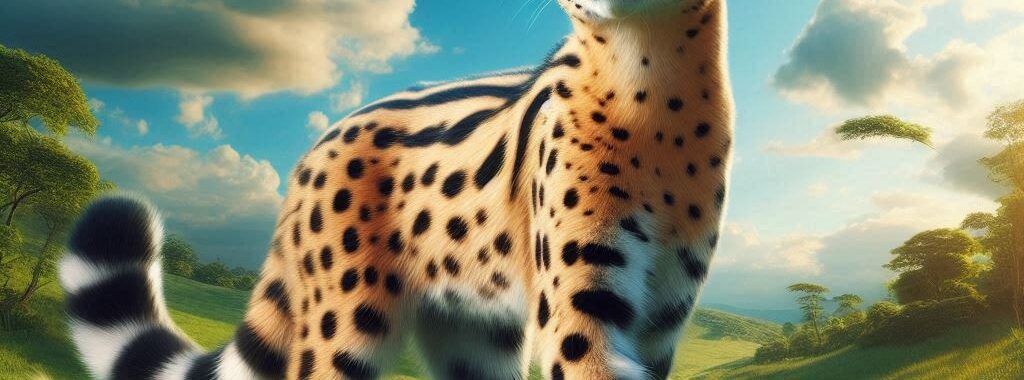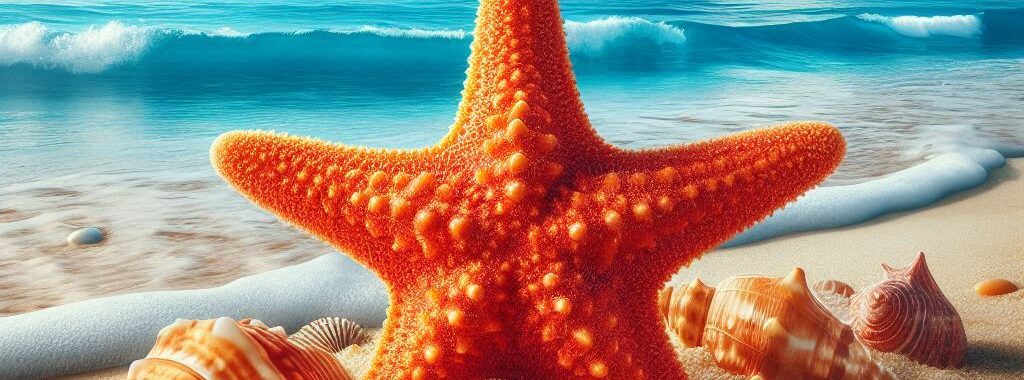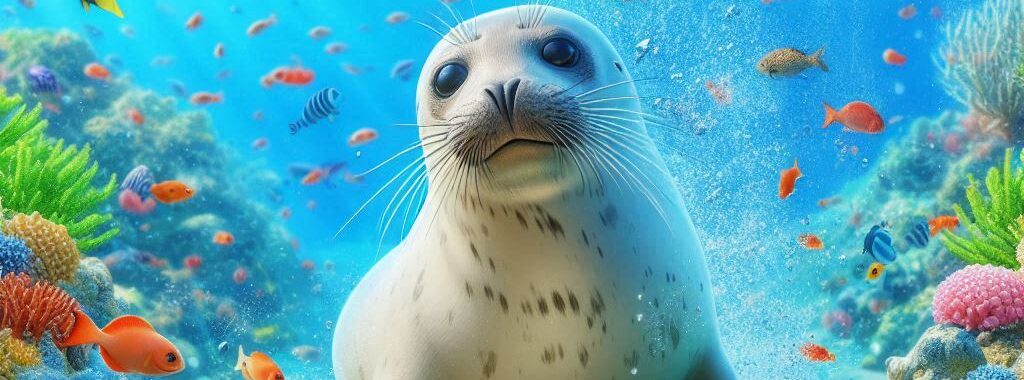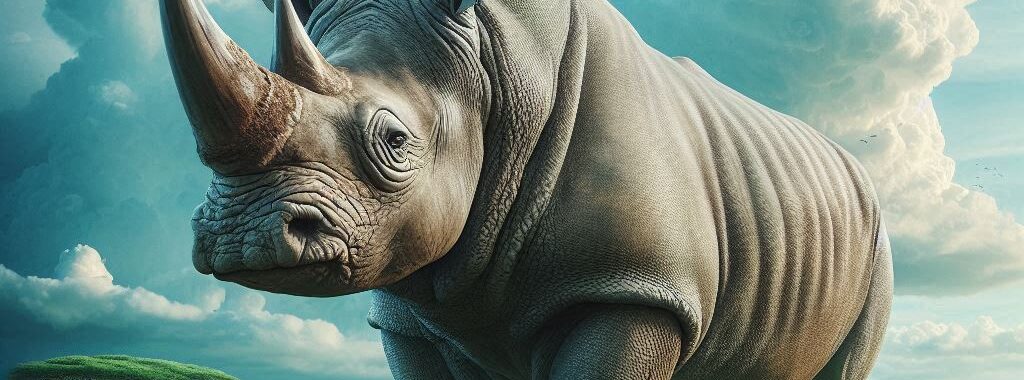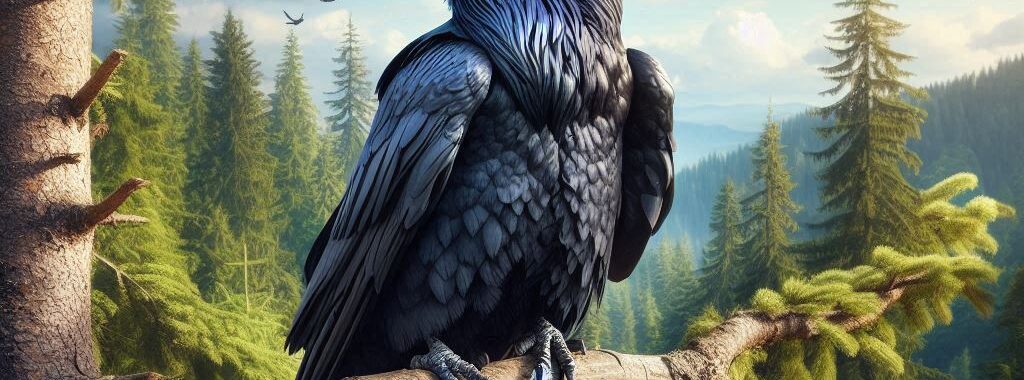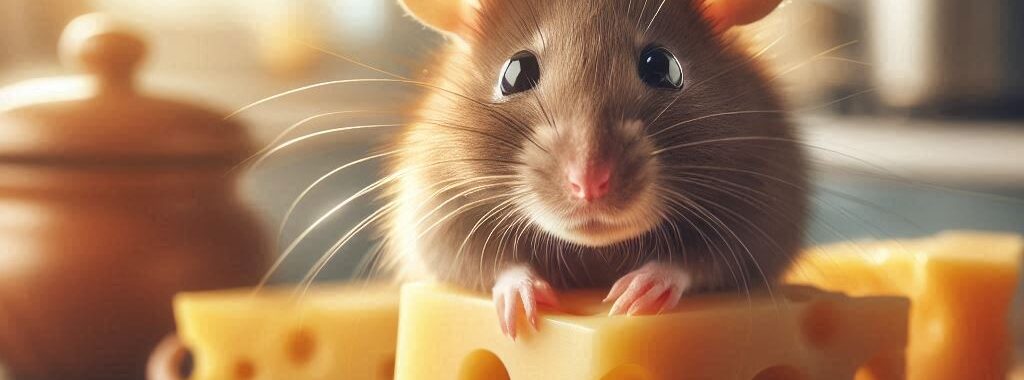Serval: A Comprehensive Overview Scientific Name: Leptailurus serval Common Name: Serval Habitat: Sub-Saharan Africa, primarily in savannas, grasslands, and wetlands Diet: Carnivorous, primarily small mammals, birds, and insects Lifespan: 10 to 12 years in the wild, up to 20 years in captivity Conservation Status: Least Concern (IUCN Red List) Introduction to the Serval The serval […]
Continue ReadingSea Urchin
Sea Urchin: A Comprehensive Overview Scientific Name: Echinoidea Common Name: Sea Urchin Habitat: Ocean floors, ranging from shallow coastal waters to deep-sea environments Diet: Herbivorous, feeding mainly on algae Lifespan: 3 to 30 years, depending on species Conservation Status: Varies by species; some are at risk due to overfishing and climate change Introduction to Sea […]
Continue ReadingSeastar
Sea Star (Starfish): A Comprehensive Overview Scientific Name: Asteroidea Common Name: Sea Star (Starfish) Family: Various families within the class Asteroidea Habitat: Ocean floors, ranging from shallow coastal waters to deep sea environments Diet: Carnivorous, mainly feeding on mollusks (such as clams and oysters), corals, and detritus Lifespan: 5 to 35 years, depending on species […]
Continue ReadingStarfish
Starfish: A Comprehensive Overview Scientific Name: Asteroidea Common Name: Starfish (or Sea Star) Family: Various families within the class Asteroidea Habitat: Ocean floors, ranging from shallow coastal waters to deep sea environments Diet: Carnivorous, feeding mainly on mollusks (such as clams and oysters), corals, and detritus Lifespan: 5 to 35 years, depending on species Conservation […]
Continue ReadingSeal
Seal: A Comprehensive Overview Scientific Name: Phocidae (family) Common Name: Seal Family: Phocidae (True seals), Otariidae (Eared seals) Habitat: Coastal waters, polar and temperate regions Diet: Fish, squid, crustaceans, and other marine animals Lifespan: 25 to 40 years (varies by species) Conservation Status: Varies by species, ranging from Least Concern to Endangered Introduction Seals are […]
Continue ReadingSand Dollar
Sand Dollar: A Comprehensive Overview Scientific Name: Clypeasteroida (order) Common Name: Sand Dollar Family: Echinoidea Habitat: Sandy beaches, shallow waters Diet: Detritus, algae, plankton, small organic matter Lifespan: 6 to 10 years Conservation Status: Not currently threatened, but populations can fluctuate based on environmental factors. Introduction The sand dollar is a type of burrowing sea […]
Continue ReadingRhinoceros
Rhinoceros: A Comprehensive Overview Scientific Name: Rhinocerotidae Common Name: Rhinoceros Family: Rhinocerotidae Habitat: Grasslands, savannas, forests Diet: Herbivorous (grasses, shrubs, and fruit) Lifespan: 35-50 years in the wild Conservation Status: Varies by species (some critically endangered) Introduction The rhinoceros, often referred to as a rhino, is one of the most iconic and ancient mammals, renowned […]
Continue ReadingReindeer
Reindeer: A Comprehensive Overview Scientific Name: Rangifer tarandus Common Name: Reindeer (also known as Caribou in North America) Family: Cervidae Habitat: Tundra, boreal forests, and cold Arctic regions Diet: Herbivorous (primarily grasses, mosses, and lichens) Lifespan: 10-15 years in the wild Conservation Status: Least Concern (IUCN) Introduction The reindeer (Rangifer tarandus), also known as caribou […]
Continue ReadingRaven
Raven: A Comprehensive Overview Scientific Name: Corvus corax Common Name: Raven Family: Corvidae Habitat: Temperate forests, mountains, Arctic regions, grasslands, and urban areas Diet: Omnivorous (eats a variety of plant and animal matter, including carrion, insects, fruits, and seeds) Lifespan: 10 to 15 years in the wild, up to 40 years in captivity Conservation Status: […]
Continue ReadingRat
Rat: A Comprehensive Overview Scientific Name: Rattus (Genus) Common Name: Rat Family: Muridae Habitat: Urban areas, farms, forests, grasslands, and tropical regions Diet: Omnivorous (eats almost anything, including plants, grains, insects, and waste) Lifespan: 2 to 3 years in the wild (up to 4 years in captivity) Conservation Status: Least Concern (for common rat species, […]
Continue Reading
